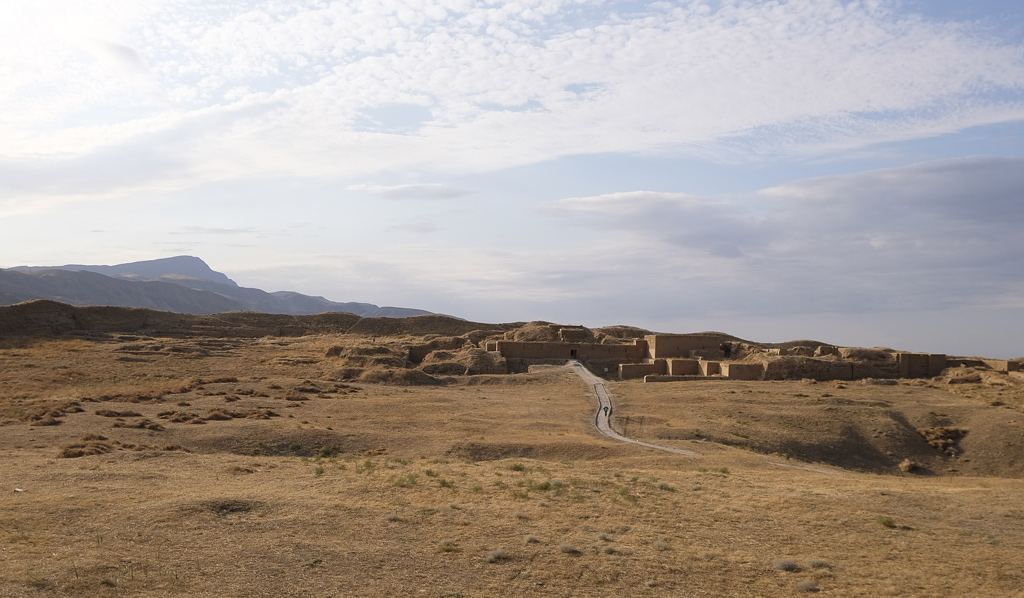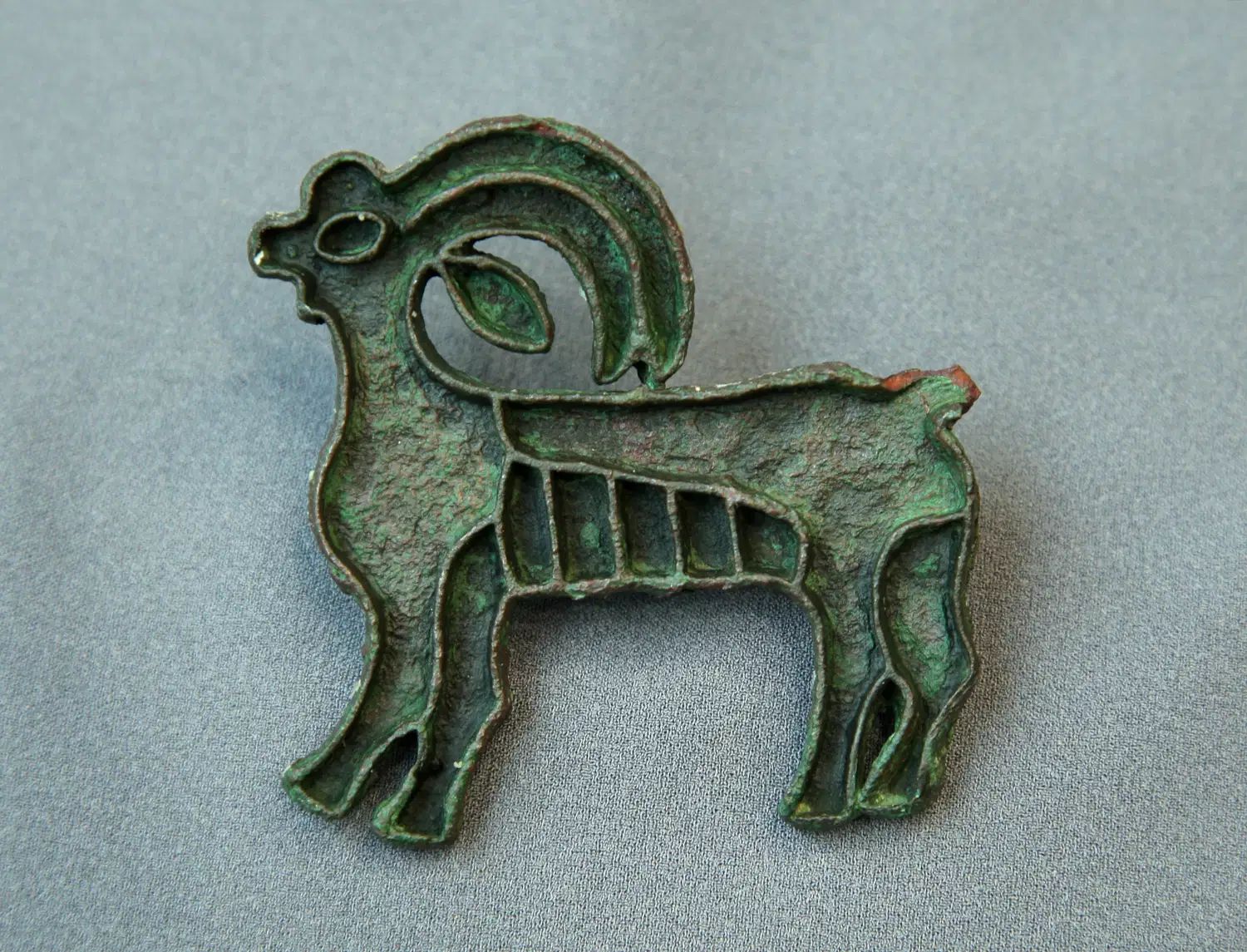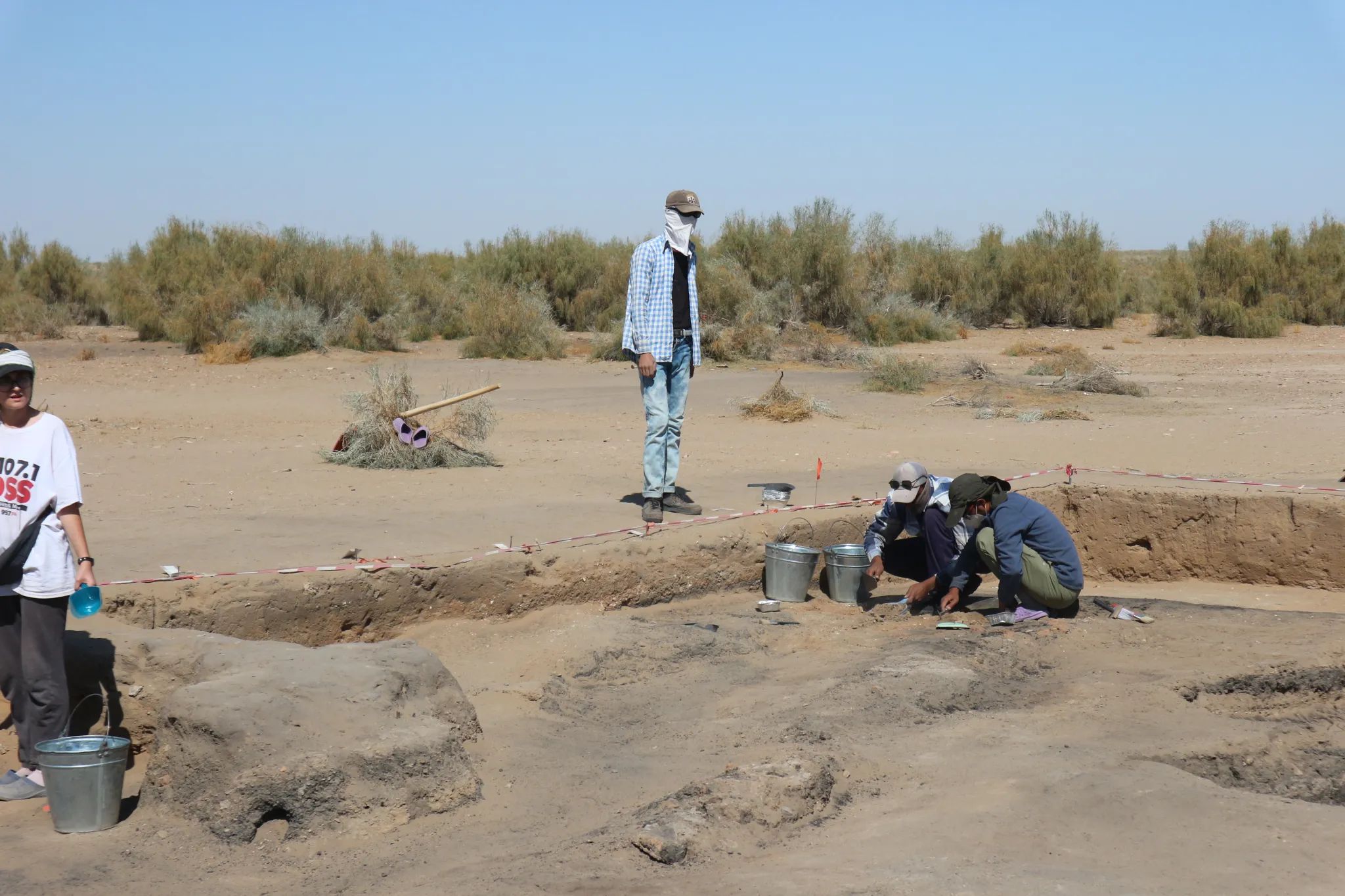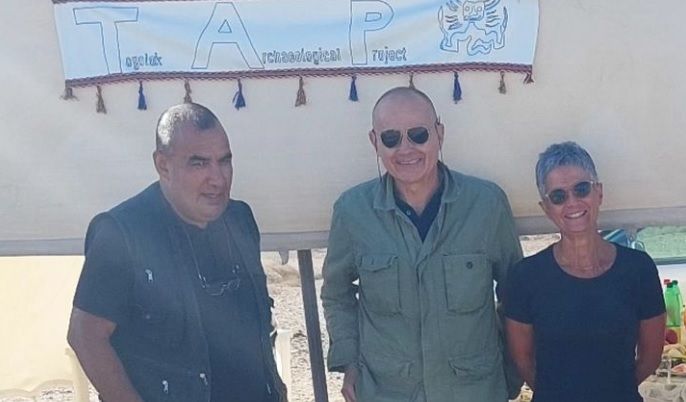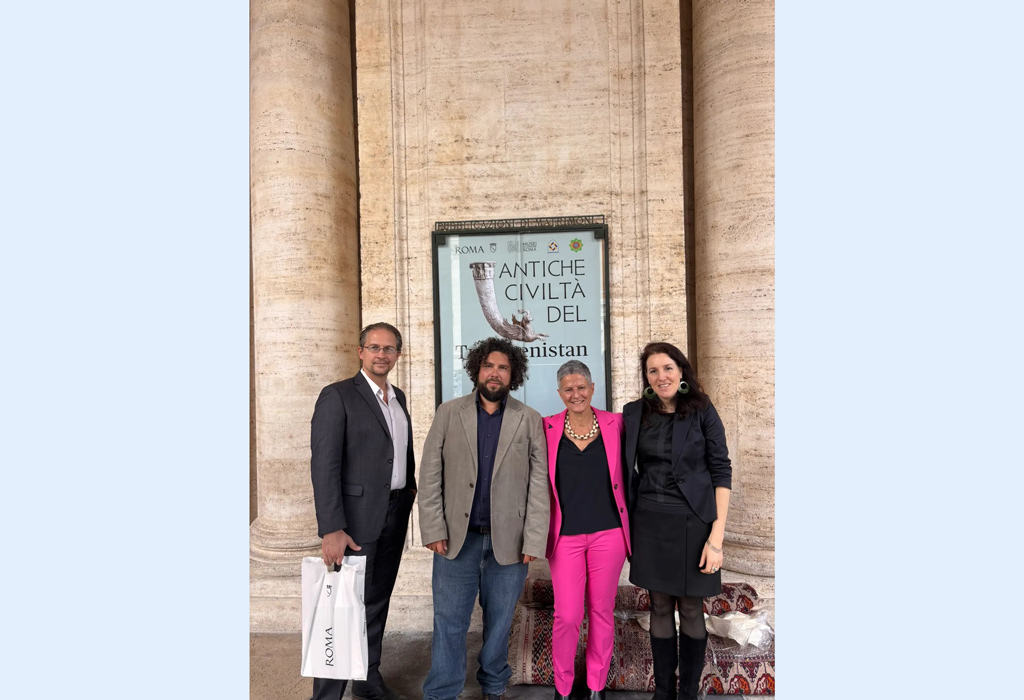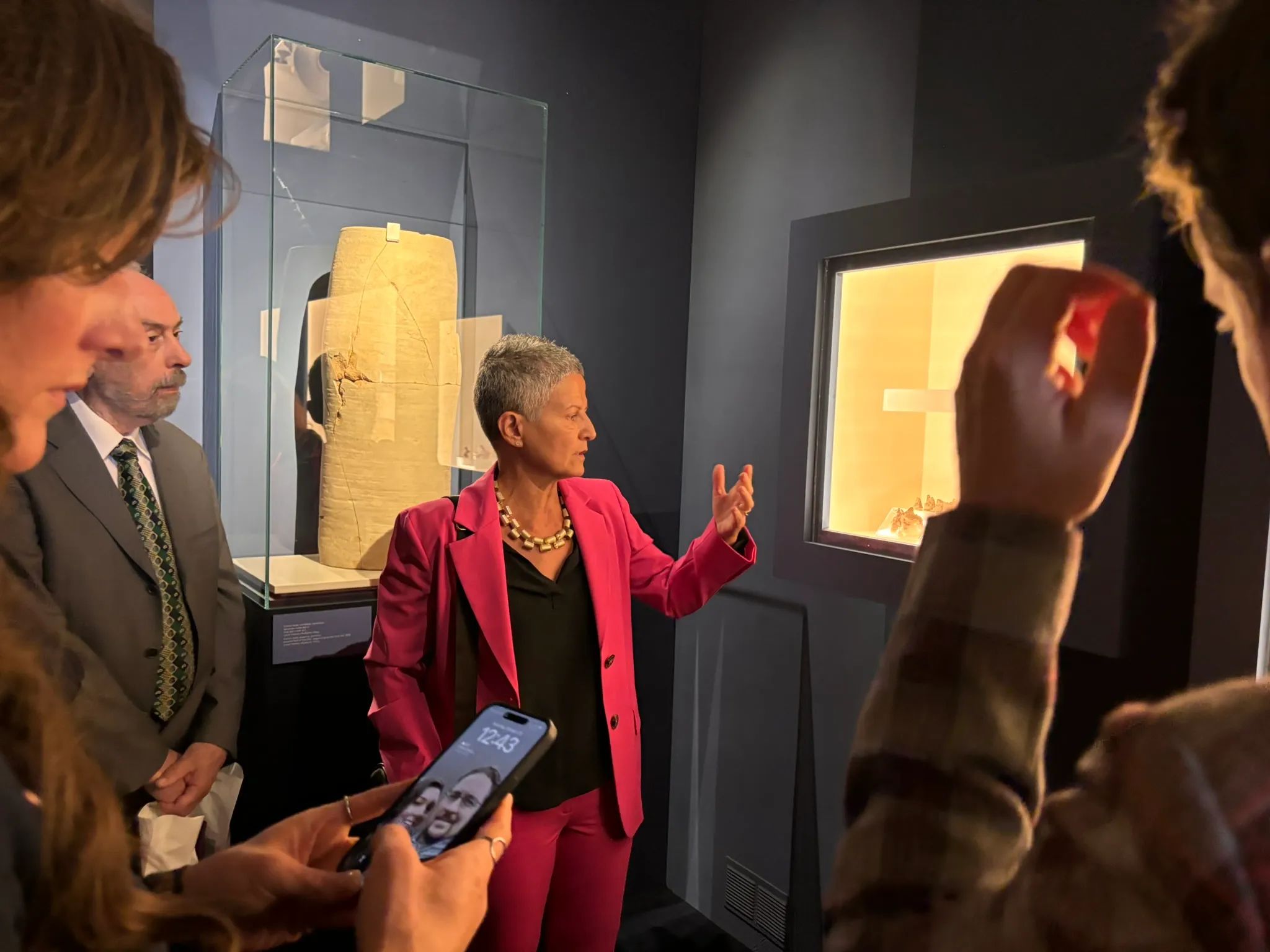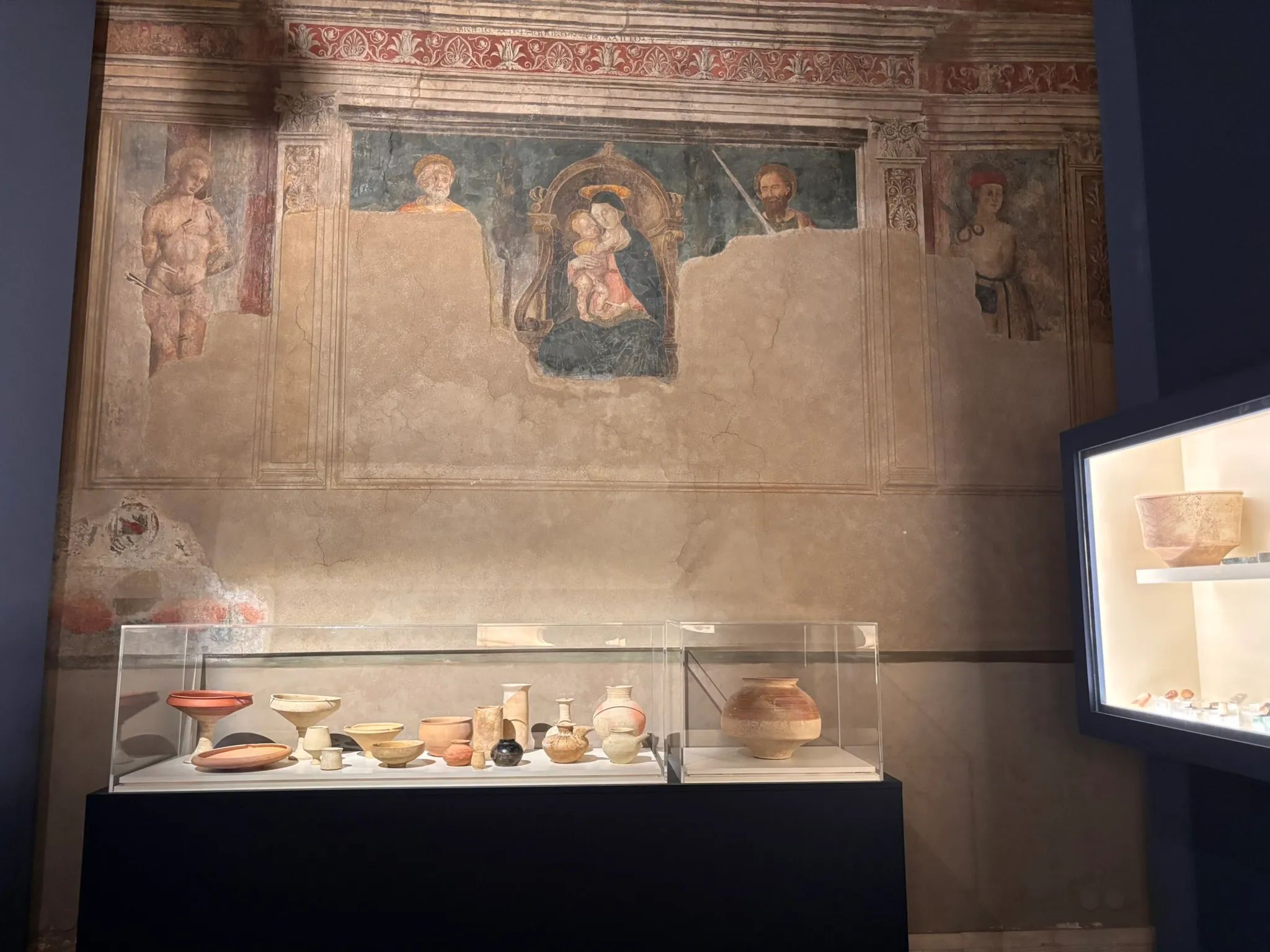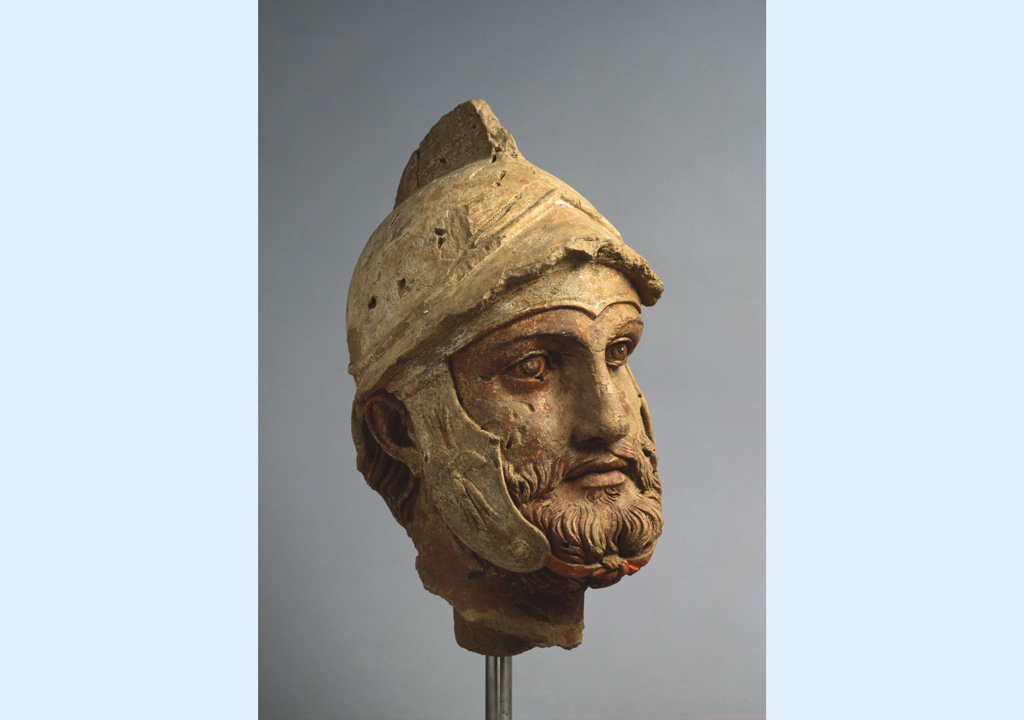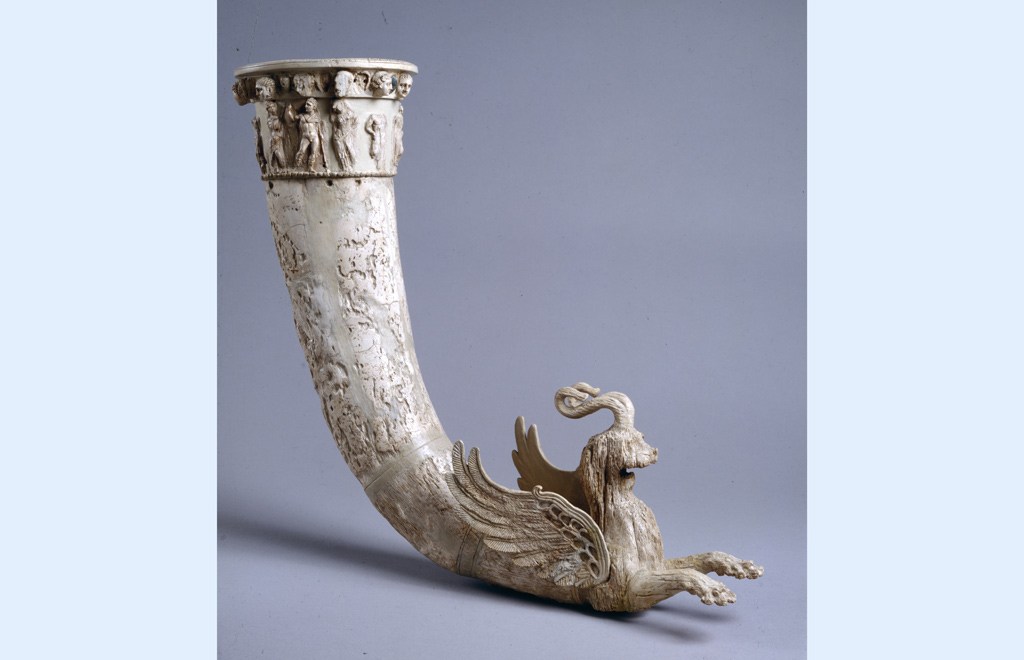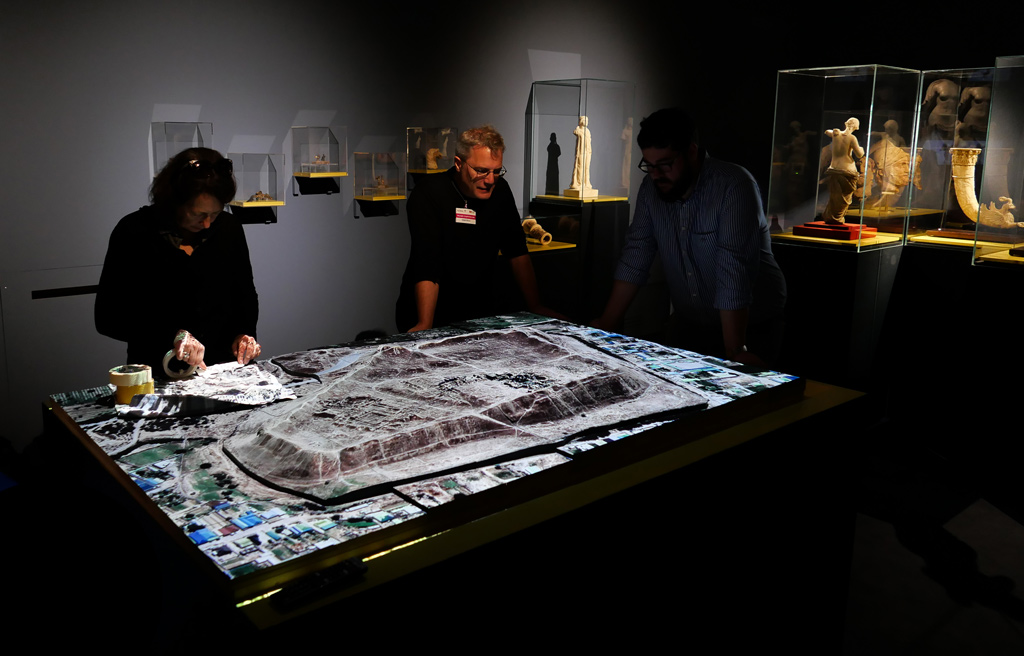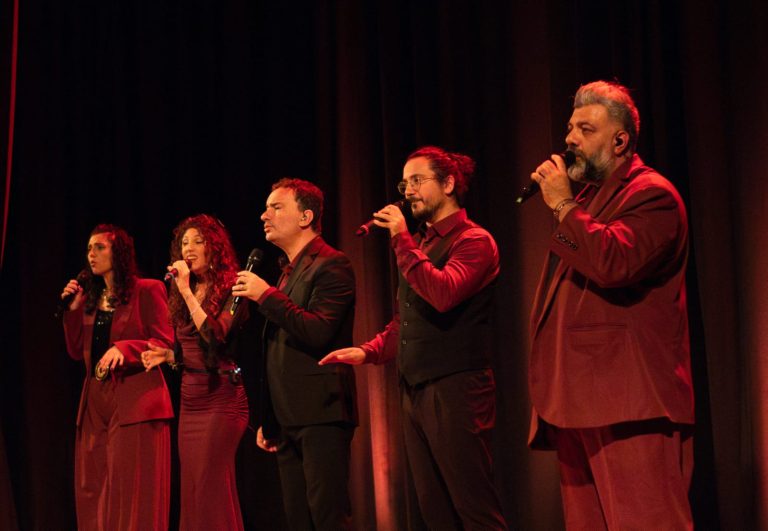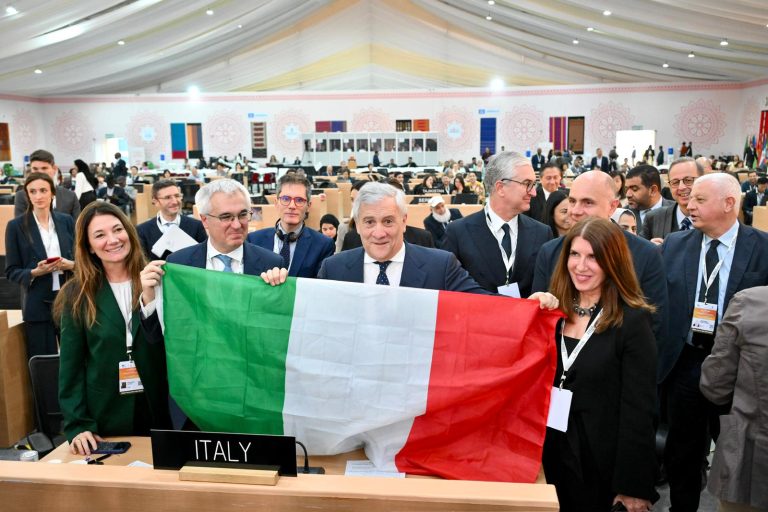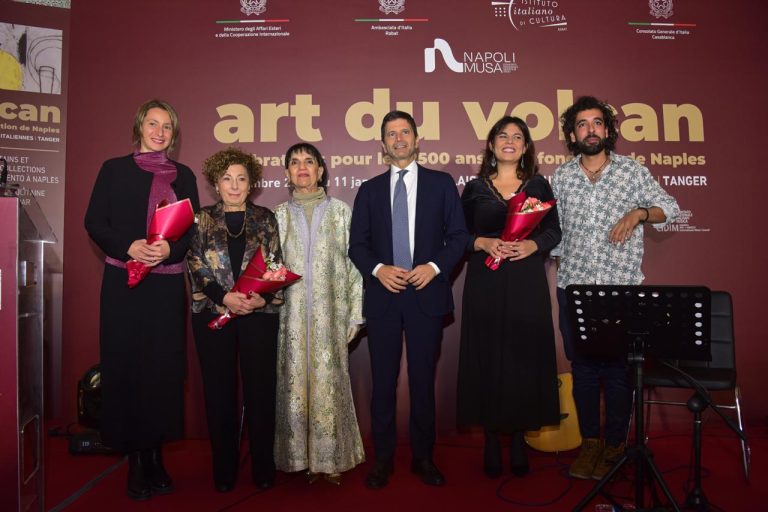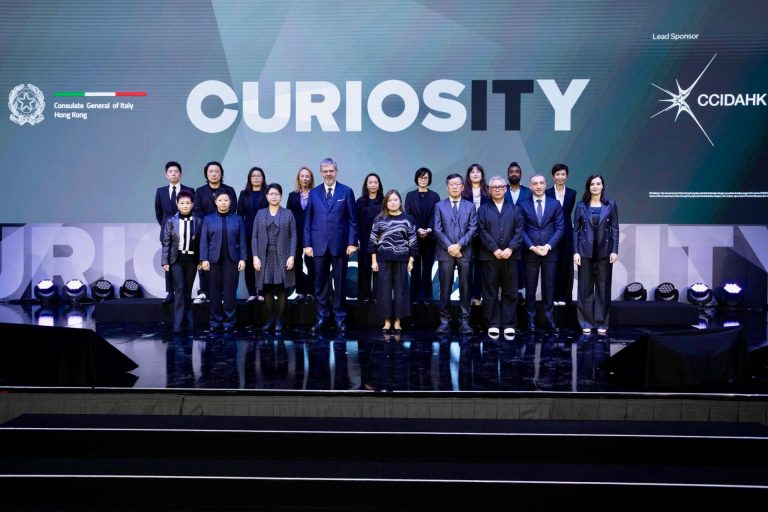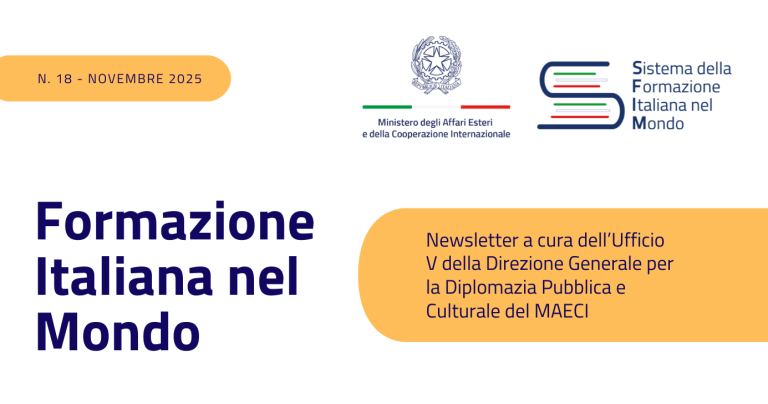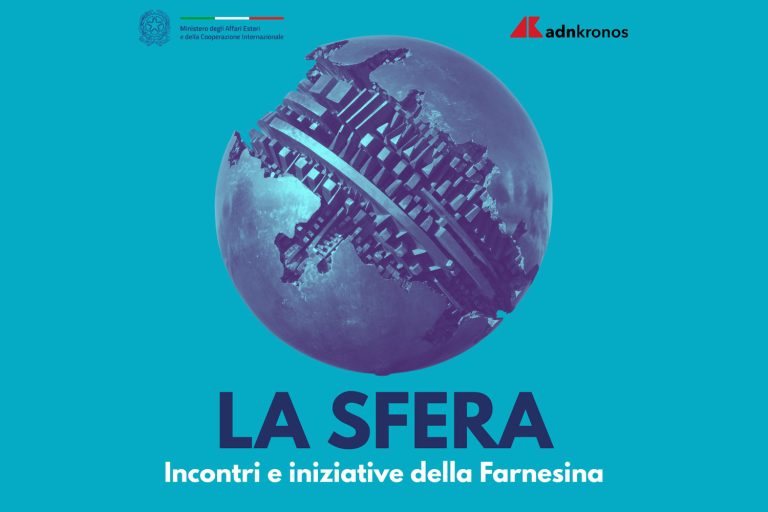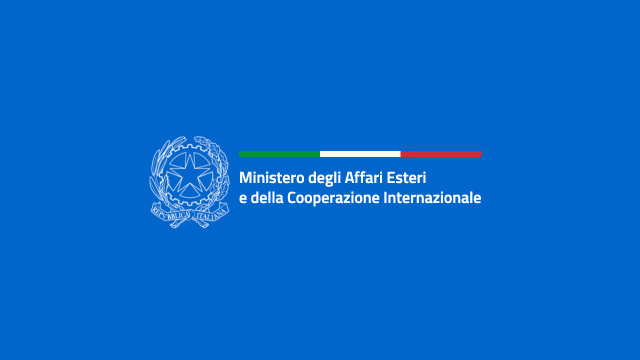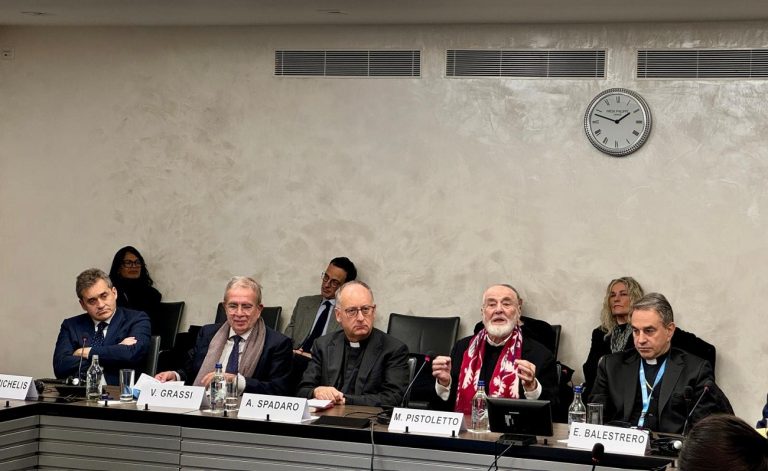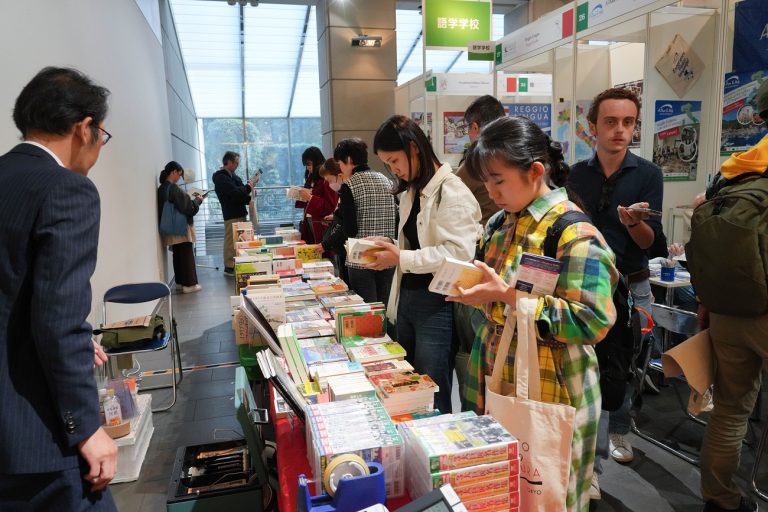A crossroads of ancient civilizations, Turkmenistan represents one of the richest and most fascinating areas of Central Asia, a natural bridge between Mesopotamia, the Iranian plateau, and the Indus Valley. Since the 3rd millennium BC, its trade routes have fostered not only the exchange of valuable goods but also the circulation of ideas, techniques, and knowledge that contributed to the development of Eastern and Western civilizations. On October 25th, the Capitoline Museums in Rome unveiled the exhibition “Ancient Civilizations of Turkmenistan”, a unique opportunity to admire some extraordinary masterpieces never before displayed outside of Turkmenistan. On display will be remarkable finds from Protohistoric Margiana and from the site of Nisa, in ancient Parthia, telling a story that unfolds from the 3rd millennium BC to the 1st century CE. The inauguration was held in the presence of the President of Turkmenistan, Mr Berdimuhamedov, the Mayor of Rome, Mr Gualtieri, and the exhibition curators Claudio Parisi Presicce, Barbara Cerasetti, Carlo Lippolis and Mukhametdurdy Mamedov. Promoted by Roma Capitale, Department of Culture, Capitoline Superintendence for Cultural Heritage, with the Ministry of Foreign Affairs and International Cooperation the exhibition is held in collaboration with the Ministry of Culture of Turkmenistan, ISMEO – International Association for Mediterranean and Oriental Studies, CRAST (Research Center for Archaeology and Excavations of Turin for the Middle East and Asia), and the University of Turin. The organization is of Zètema Progetto Cultura.
The TAP – Togolok Archeological Project in ancient Margiana
Since 1990, the Italian-Turkmen Archeological Mission has been involved in numerous projects in the region historically known as Margiana, corresponding to the alluvial fan of the Murghab River in southern Turkmenistan. Over the years, the Mission has investigated an area of over 20,000 square kilometers, recording approximately 2,000 sites dating from the Bronze Age to the Islamic period. Togolok, in particular, is a complex of over 30 sites, with the main mound being Togolok 1. Research has focused on it since 2014. The archeological team of the TAP – Togolok Archeological Project, led by Dr. Barbara Cerasetti (FU Berlin; ISMEO), in collaboration with the University of Bern, has collected a large amount of data on the final phases of occupation of the proto-urban center of Togolok 1, belonging to the so-called GKC (Greater Khorasan Civilization). The main partners of the TAP – Togolok Archeological Project are ISMEO – International Association for Mediterranean and Oriental Studies, Freie Universität Berlin, Universität Bern, and the Ministry of Culture of Turkmenistan. The project is sponsored by the DFG – Deutsche Forschungsgemeinschaft, ISMEO, the Society for the Exploration of Eurasia, the Ministry of Foreign Affairs and International Cooperation, the Max Planck Institute, the Deutsches Archäologisches Institut, and the University of Salento.
CRAST research in Nisa Partica
The work carried out in Nisa by the mission of the Archeological Research and Excavation Center of Turin (CRAST), thanks to the contribution of the MAECI and in collaboration with the University of Turin, falls within the broader field of research “The Legacy of Alexander and the Formation of Parthian Art.” Research on the irradiation of Hellenistic culture in Asia. Originating from the regions south of the Aral Sea, the Parthians freed themselves from Seleucid control (successors of Alexander the Great) in the mid-3rd century BC and took possession of the regions corresponding to present-day southern Turkmenistan and northeastern Iran. It is the prelude to a glorious and centuries-long epic that will see them dominate the eastern regions from the Murgab to the Euphrates, where they will rival Rome and, only in the 3rd century AD, succumb to the Sasanids. One of the first Parthian foundations is Nisa, the ancient Mithradatkert (“fortress of Mithradates”): Its dominant topographical position and imposing sun-dried brick walls with turrets were meant to give the visitor the impression of a fortified stronghold. Yet, the real purpose of this installation was not military/strategic, but rather the celebration and exaltation of Parthian royalty and the power of the new ethnic group that had emerged on the international stage. Since 1990, CRAST has been working in Nisa, thanks to collaboration with the Ministry of Culture of Turkmenistan. Italian excavations first investigated the central area of ceremonial buildings, then a large warehouse and production complex. In recent years, a new area has opened up at the northern end, revealing the presence of a monumental building whose nature remains to be defined. The CRAST has also conducted studies and research on materials preserved in the capital’s museums, published articles and monographs, and overseen the conservation of excavated structures. The exhibition includes a section dedicated to the most significant discoveries made in the last century of research: objects that are leaving the borders of Turkmenistan for the very first time, such as the spectacular ivory rhyta. Also on display is a scale model of the site with videomapping, developed by the Polytechnic University of Turin, which presents the site’s structures and the history of the studies to the visitor.
Thanks to CRAST and ISMAEO for permission to publish the images in this article.

